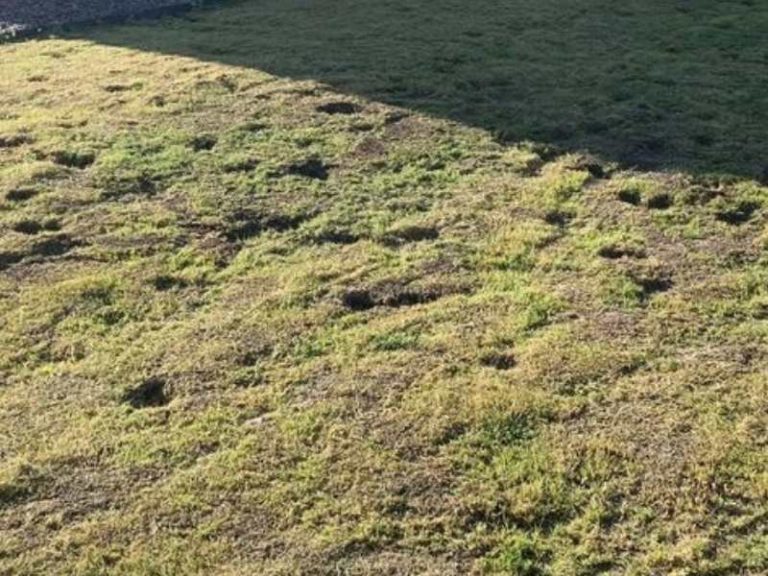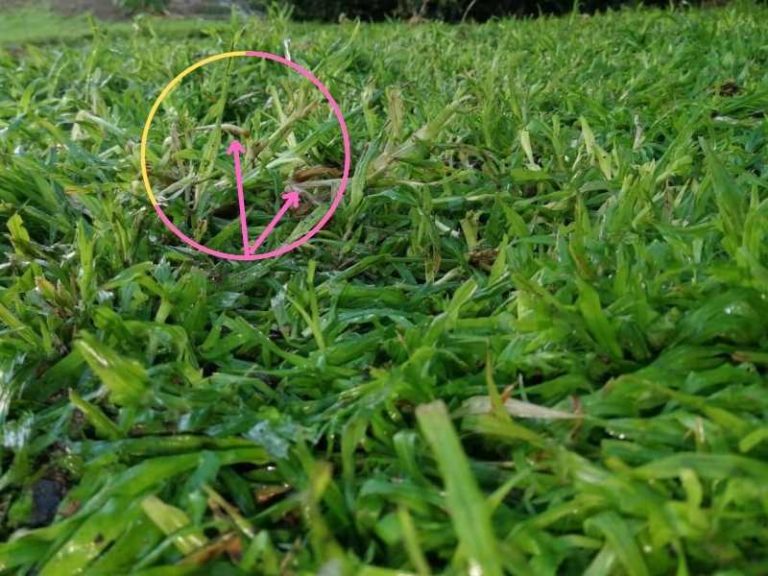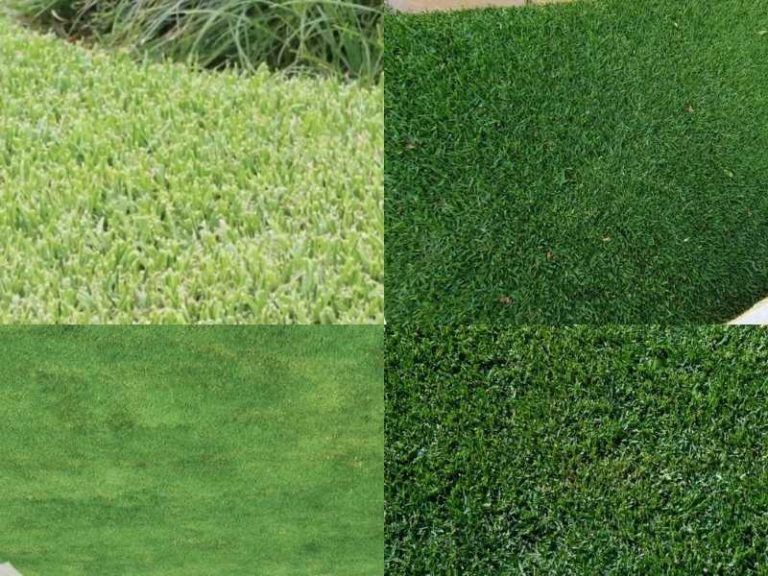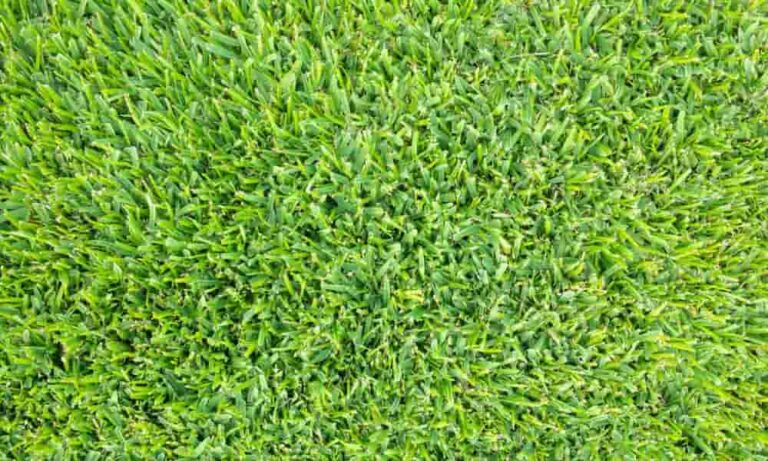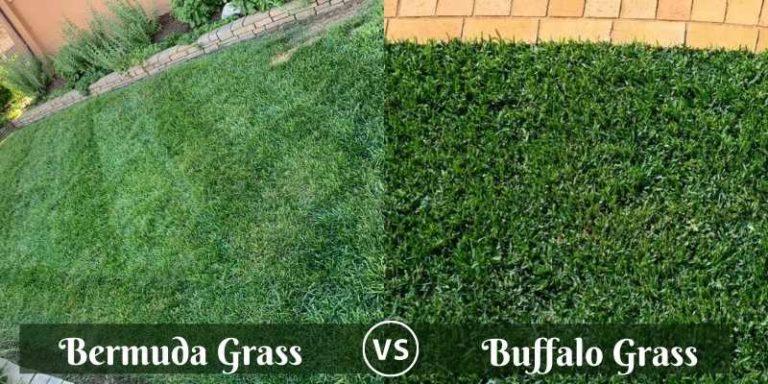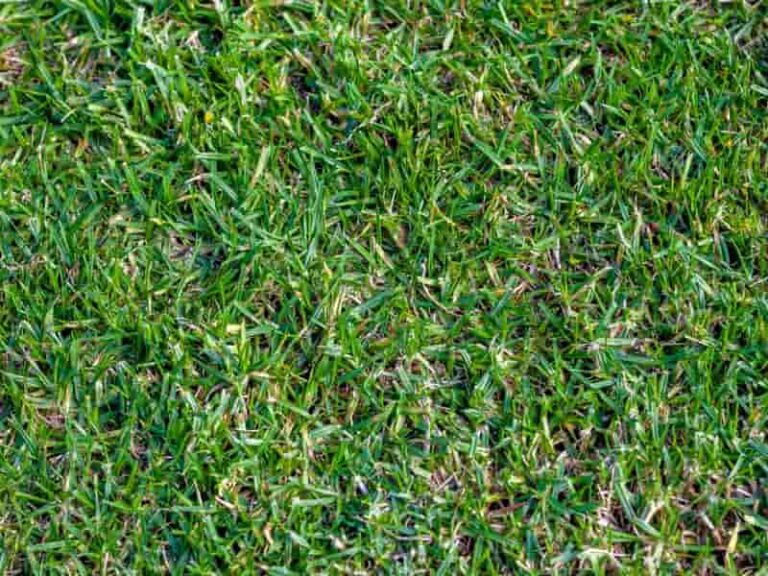Buffalo Grass Pros and Cons
Homeowners tend to be spoilt for choice when looking for the perfect lawn grass. Their choices may be limited to location or weather conditions. However, Buffalo grass is a worthwhile option, especially if you live in a hot and dry region.
Buffalo grass (Bouteloua dactyloides) is a low-growing, stoloniferous perennial grass with greyish blue leaves and is native to the Great Plains from Montana to Mexico. The grass forms a dense sod grass that makes it attractive, popular, and suitable for drier southern areas lawns due to its heat and drought tolerance. But, the grass is more susceptible to weeds, diseases, and pests.
Here are the pros against the cons of growing buffalo grass.
Is buffalo grass easy to grow?
Gowing Buffalo grass is simple if the seeds have germinated and the grass has been established. However, growing buffalo grass from seed is a challenge even for seasoned growers. Buffalo grass produces a higher percentage of sterile male seeds. However, stores usually sell a 50-50 mix that makes it easier to grow.

The stoloniferous buffalo grass grows low and needs no mowing. Mow buffalo grass when necessary, only once per month during the summer. Because the grass has good heat and drought tolerance, it needs infrequent watering.
Furthermore, buffalo grass needs less to no fertilization. Aside from the challenge of growing from seeds, buffalo grass is an easy-to-grow option.
Pros of buffalo grass?
Buffalo grass has numerous advantages that make it a good choice of grass for your southern lawn.
Buffalo grass requires minimal fertilizer application
An established buffalo grass lawn requires minimal fertilizer to grow healthy. In some cases, you can omit fertilizer completely.
However, buffalo grass shows the best response when you apply 2 lbs of nitrogen per 1000 square feet of lawn per year in summer. Apply 1 lb per 1000 square feet between late May to mid-June and the second in late July.
Overfertilization deteriorates the grass performance, making it more susceptible to weeds and bermudagrass invasion.
Buffalo grass needs minimal mowing
Buffalo grass establishes slowly and spreads through runners and stolons. The grass grows low to about 8 to 10 inches tall. The grass’ long leaves fall to the ground, giving the grass a short appearance. Buffalo grass needs infrequent mowing sessions per year (once monthly) of 2 to 3 inches when actively growing. Mowing once a year in natural landscapes is sufficient to keep the grass in good shape.
Buffalo grass requires infrequent watering
Buffalo grass performs well in areas with a low water supply. The grass requires an average of 15 to 30 inches of water annually to thrive. Infrequent, deep watering of 1 to 2 inches every two to four weeks in summer is sufficient to keep the grass green and healthy. Although buffalo grass doesn’t need frequent watering, underwatering makes it dormant and prone to weeds, especially in summer. Likewise, Buffalo grass is prone to weeds, bermuda grass invasions, and diseases such as leaf spots in areas with higher rainfall or over irrigated areas.
Buffalo grass controls soil erosion
Once established, buffalo grass produces dense sod and spreads faster through its stolons and runners. The stolons and runners spread laterally just above the ground, forming a dense layer protecting the soil from water or wind erosion.
Buffalo grass has dense, deep roots that bind the soil particles, preventing soil erosion. Buffalo grass is usually grown on river banks and roadsides to reduce soil erosion in those areas.
Buffalo grass has high heat and drought tolerance
Buffalo grass is an excellent turfgrass choice for dry areas. It survives hot and dry summers because of its extensive roots penetrating the soil water table. Buffalo grassroots have good water holding capacity enabling them to retain more water during hot summers.
Buffalo grass withstands cold
Buffalo grass has a better tolerance to cold than most warm-season grasses. Buffalo grass goes dormant at the onset of winter. In freezing temperatures, buffalo grass turns yellow in winter but doesn’t die. The grass greens and regains its greyish-blue color when the temperature rises.
Buffalo grass doesn’t brown in drought
Buffalo grass has a high tolerance to extreme heat and prolonged drought. Its dense, deep roots draw water from the table, keeping it healthy. What’s fascinating about buffalo grass is its ability to stay green during those harsh environmental conditions. In summer, irrigating the grass with 2 to 3 inches of water ensures it remains green, unlike other grasses. However, brown spot on buffalo grass is a common occurrence due to pests, improper lawn care, or brown patch disease.
Below is a summary of buffalo grass’s pros and cons.
| Buffalo grass pros | Buffalo grass cons |
| Requires minimal fertilizer application | Establishes slowly |
| Requires minimal mowing | Prone to weeds invasions |
| Requires infrequent watering | Doesn’t tolerate high traffic |
| Controls soil erosion | Thrives in particular areas |
| Has excellent heat and drought tolerance | Takes longer to green after winter |
| Withstands cold | Buffalograss seeds are expensive |
| Doesn’t brown in drought | Susceptible to diseases and insects |
Cons of buffalo grass?
Buffalo grass requires low maintenance and has excellent heat and drought tolerance. However, the grass has disadvantages that may make it a wrong choice for your lawn.
You may want to investigate further its downsides from how it establishes slowly and its vulnerability to diseases before choosing it for your lawn.
Buffalo grass establishes slowly
Buffalo grass has a higher establishment rate of 70-100% cover. However, the grass takes longer to establish on the lawn. The seeds germinate slowly. It takes a minimum of two years to establish and produce a ready-to-use lawn. Because buffalo grass grows slowly before establishing, young buffalo grass lawns are prone to invasion of weeds and taller grass species.
Although herbicides increase the maintenance cost of a young buffalo grass lawn, they help control weeds.
Buffalo grass is prone to weeds invasion
Broadleaf and grassy weeds like crabgrass, dandelions, and foxalis are common in buffalo lawns. Controlling these grassy weeds is challenging, as Buffalo grass gets injured and discolored with the wrong herbicides. The grass needs specific herbicides like selective 2-4-D to treat the weeds without destroying them. Buffalo grass responds well if a suitable herbicide such as an MCPA and Bromoxynil-based herbicide is applied as a spot treatment in spring and fall when the grass is dormant and temperatures exceed 80oF.
Other cool-season kinds of grass such as tall fescues and Kentucky bluegrass also invade buffalo grass lawns. Apply Roundup in winter when the buffalo grass is dormant.
Heavy rainfall and overwatering encourage weeds to grow on the lawn. In higher rainfall areas such as the mid-Atlantic, weed control is necessary to make buffalo grass more competitive.
Excess fertilizer application also favors the growth of weeds. The excess fertilizer hurts your buffalo grass while feeding the weeds that might eventually run over your lawn.
Buffalo grass doesn’t tolerate high traffic
Buffalo grass performs best with low or moderate foot traffic. Lawns where kids and pets constantly play have heavy foot traffic that injures buffalo grass. Although the grass recovers fast from damage, it’s not the best for lawns with heavy foot traffic.
Buffalo grass thrives in particular areas
Rainfall, type of soil, and duration of sun exposure determine the best areas to grow buffalo grass. Areas without optimal of these conditions are unsuitable for buffalo grass survival.
Buffalo grass prefers heavy clay soils with good water retention capacity to thrive. However, buffalo grass deteriorates in loose, sandy soils.
Buffalo grass loves minimal rainfall or irrigation of 15 to 30 inches annually to grow. Buffalo grass is prone to weeds and bermuda grass invasions in high rainfall areas. Areas receiving high rainfall, such as East Texas, are unfavorable for this grass.
Buffalo grass thrives in areas with 6 to 8 hours of sun exposure daily. However, the grass deteriorates in shaded areas and sometimes dies.
See: How to grow buffalo grass in Arizona
Buffalo grass takes longer to green after winter
Buffalo grass is an excellent cold-tolerant grass than most warm-season grasses. It withstands the cold by going dormant and browning. However, buffalo grass takes longer than other grasses to recover from winter dormancy in spring, leaving the lawn temporarily brown and unattractive.
Buffalo grass seeds are expensive
Buffalo grass establishes from sods, sprigs, and plugs. Commercial seeds of different grasses like Kentucky bluegrass and fescues are more affordable than buffalo grass. One pound of other grass seeds in its class costs $3-10, while buffalo grass seeds cost $49-95. The cost makes it more expensive to establish a new lawn or to be overseeded with buffalo grass, especially in large areas. People instead use sods or plugs to establish buffalo grass or other grass seeds.
Buffalo is susceptible to diseases and insects
Buffalo grass is prone to western chinch bugs and brown leaf spots. Insects such as grasshopper, white grubs, prairie ants, and buffalo webworm are common in Buffalo grass lawns. False smut — a disease caused by Cercospora seminalis in higher rainfall areas — is widespread in Buffalo grass.
Read more: What Does Buffalo Grass Look Like?
References
- Richard L Duble, Turfgrass Specialist, Texas Cooperative Extension: Buffalo grass.
- University of Missouri Extension: Establishment and Care for Buffalo grass Lawns.

